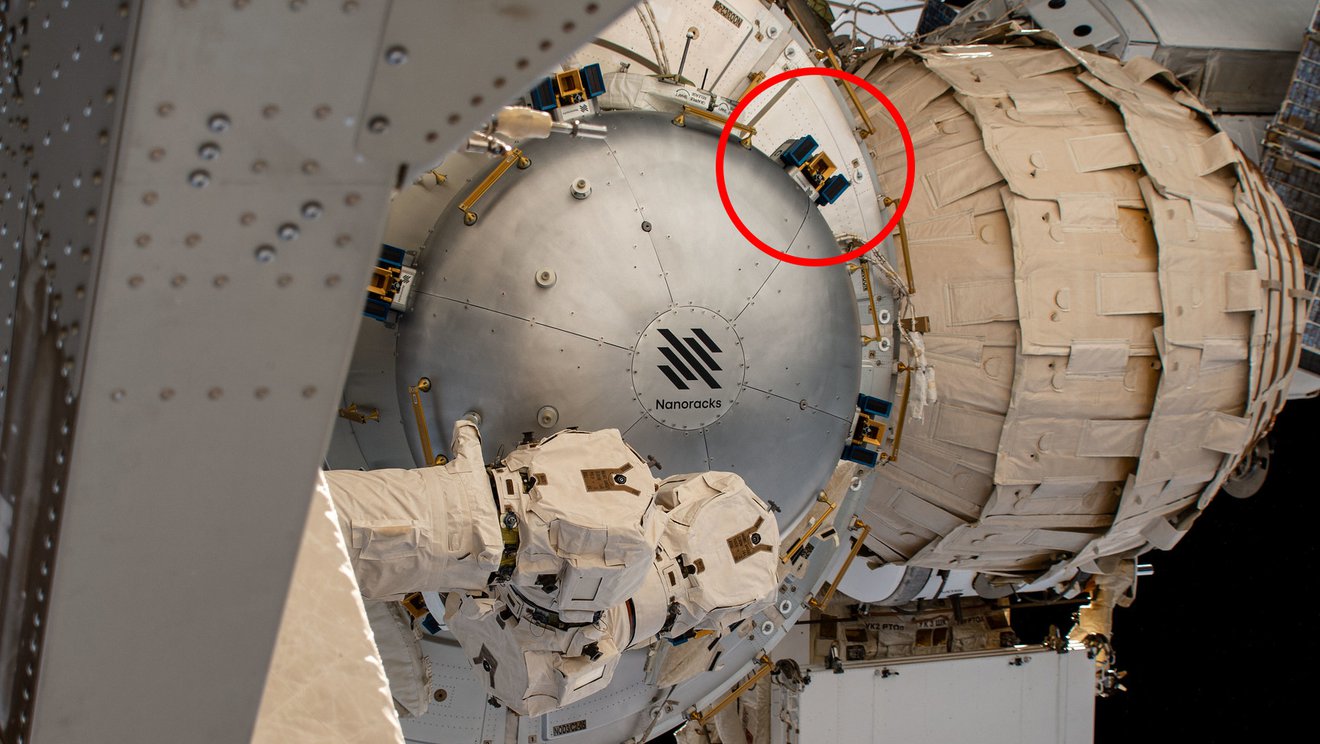
NASA is set to launch a technology demonstrator payload that could have greater implications for quantum computing. Scheduled to launch in August, this technology demonstration will test two communications technologies that can pave the way for quantum computers to communicate with each other no matter where they’re located.
Named the Space Entanglement and Annealing Quantum Experiment, or SEAQUE, it will be hosted by the Nanoracks Bishop Airlock aboard the International Space Station.
Quantum computers harness the phenomena of quantum mechanics to solve problems even the most powerful supercomputers find it difficult to solve. Instead of operating on traditional 1 and 0 bits, quantum computers work on qubits (also known as Quantum Bits), which simply put, is the quantum version of the classical bits that can hold the same information as two normal bits.
These non-conventional computers are extremely advantageous for certain tasks where they vastly outperform the existing supercomputers. This may lead to a new understanding of our Earth and universe by using quantum sensors, which measure the variations in microgravity using the principles of quantum physics.
“SEAQUE will demonstrate a new and never-before-flown entanglement source based on integrated optics,” said Paul Kwiat, the project’s principal investigator at the University of Illinois Urbana-Champaign. “Such a source is inherently much smaller, more robust, and more efficient at producing photon pairs than the bulk optic entanglement sources used in previous space experiments.”
However, for such quantum computers and sensors to communicate, they need a dedicated communications network, which includes space nodes that can receive and transmit quantum data to and from Earth via NASA’s Laser Communications Relays (LCRD). LCRD is yet another technology demonstration from NASA which aims to send data to and from ground stations, and eventually, in-space user missions over laser links, something similar to what SpaceX’s Starlink satellites currently do using its v1.5 satellites.
SEAQUE will prove the viability of technologies that’ll enable orbiting nodes to connect with quantum transmitters and receivers over large distances. Not only this, but it’ll also test a technique to help such nodes to “self-heal” from radiation damage.
“Demonstrating these two technologies builds the foundation for future global quantum networks that can connect quantum computers located hundreds or even thousands of miles apart,” said Makan Mohageg, SEAQUE co-investigator at NASA’s Jet Propulsion Laboratory in Pasadena, California.
In order to receive quantum photons, the quantum communication nodes are equipped with highly-sensitive detectors which are prone to damage from high-energy particles in space (aka the radiation). The damage from radiation causes defects that, over time, can cause “dark counts” in the detector’s output, meaning, the data from the sensors is either corrupted or interpreted wrongly. This requires these sensors to be replaced regularly, impeding the viability of a low-maintenance global quantum communications network.
“In tests on the ground, we found that this technique causes the defects in the lattice to ‘bubble away’ – a process known as annealing – thereby reducing detector noise and potentially prolonging the life of in-space quantum nodes, facilitating a robust global network,” said Kwiat.
Funded by NASA’s Biological and Physical Sciences Division, SEAQUE will be hosted by the newly-launched and installed Bishop airlock, owned and operated by Nanoracks. The company will also be providing mission operation services and coordinating launch services.
FTC: We use income earning auto affiliate links. More.



Comments